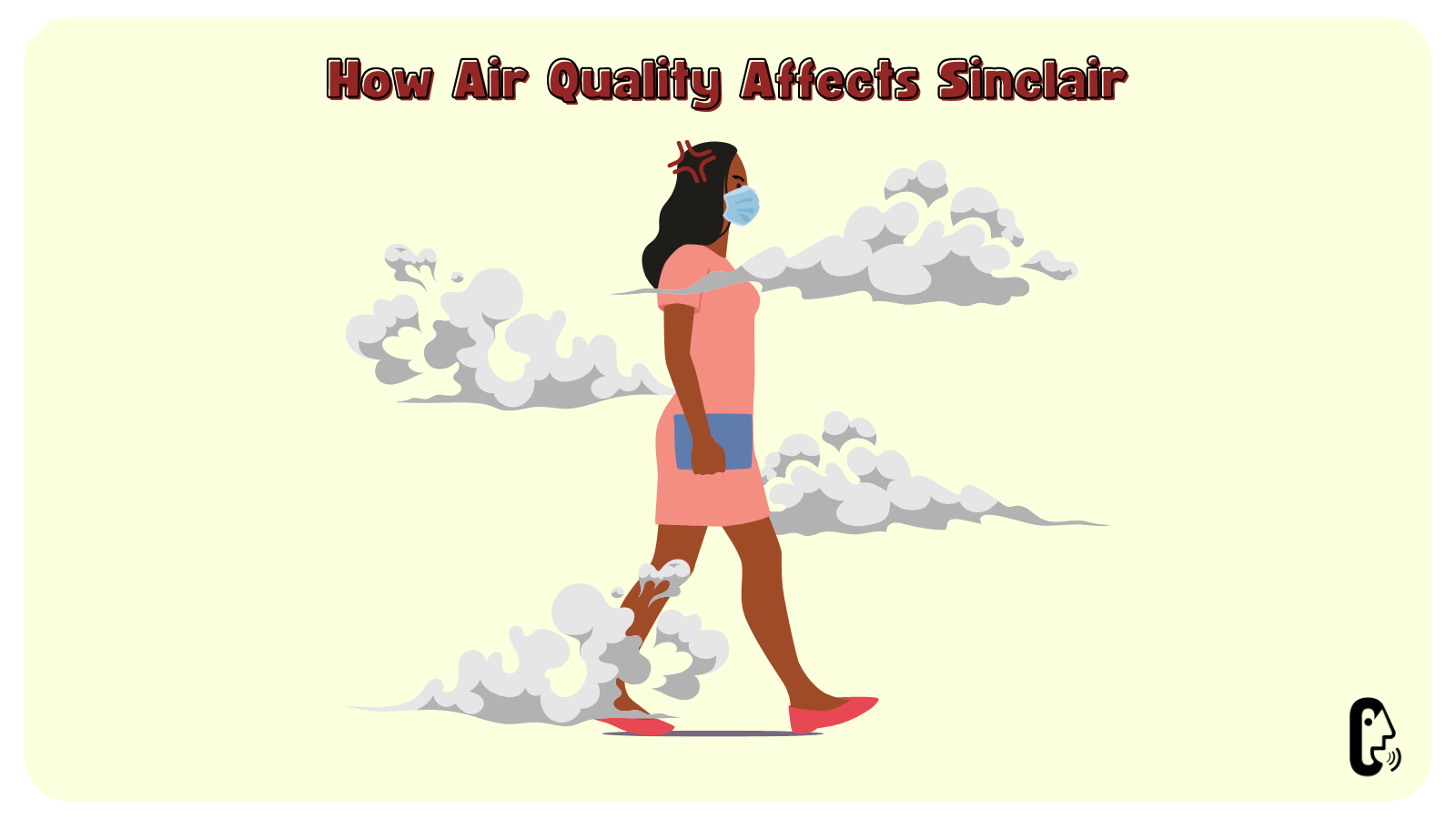One of the hassles that most Americans have to deal with every year is the onset of pollen season. While this unfortunate tradition still held true this year, habitants of the American north and west had to deal with something even more potent and serious during the month of June. I am talking about the Canadian wildfire smoke.
In case there are those who are unaware of what caused all of this, here is a brief explanation: Tragic wildfires were (and still are!) happening in the provinces of Ontario and Quebec, Canada, ravaging natural forest and creating a ton of problems for the quality of the air. Smoke, being the light matter that it is, can be easily carried away by gusts of wind, and that is exactly what brought the aftermath of these events down to us, in the south.
Places closer to the Canadian American border suffered a lot, given that they are located right next to the affected areas. Pictures of metropolises engulfed in smoke circulated mainstream news outlets, transforming the beautiful architecture and greenery into a gray blur with only the tip of skyscrapers peeking out of the curtain that hid all the citizens living within.
Speaking to Maria Metcalf, Sinclair's Impact Program Coordinator (CCIP) brought the impact of the situation closer to home. "When the smoke first started, I was worried I'd lose my voice. The dry weather made me hoarse, and my throat was very scratchy," she said. Like most at Sinclair, her thoughts were with her students. Despite various health warnings, many have no choice but to endure it as best they can. Metcalf worried for their health, explaining that because "all of our CCIP students, along with others that love nearby, have to walk to and from campus and unfortunately have to face the bad air quality." A former resident of the state of Oregon, Metcalf recalled how forest fires often drove her and her family to the state's many beaches. "Living in Ohio makes it pretty difficult to easily go somewhere with cleaner air," she added.
I went around campus asking if the smoke had an impact on students’ and staff’s lives, and the responses seemed to quickly adapt to a standard. It did not matter the place the interviewees were from, they all reported having to deal with the hazy skies and stuffy noses that smoke brought. From downtown Dayton to Eaton, to Kettering, to Mason, to Trotwood, everywhere people were having to live under these unforeseen conditions.
Needless to say, such an environmental-unfriendly situation is certainly unhealthy. With the passage of time and help from the elements, the smoke should continue to dissipate. As Quebec’s forest ministry recently confirmed, 23 fires remained active, but all were contained or under control.
They added, “since the start of the protection season, 507 fires have affected 1,503,139 hectares. The average for the last 10 years at this time of the year is 316 fires for an area of 15,686 hectares.”
Although conditions have improved over the past month, with late June being the latest I can recall seeing a faded landscape, I want to remind you all to keep your weather forecast up to date, ensuring that air quality is good enough for you to be outdoors. This has been a dry summer so far, making it hard on all of us to be protected from unhealthy particles in the air. Do not be afraid to wear a mask again if you must, as well! COVID has dwindled down, but I am sure we all have a pair of masks lying around the house. Stay safe, Sinclair!
Jay Mazega
Multimedia Specialist/Distribution/Podcast Host

